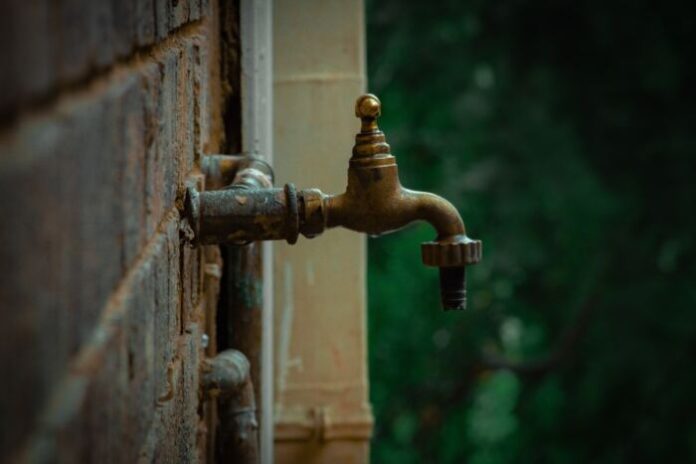
Water is a precious asset and must not be wasted, especially in times of drought such as those we are about to experience. The scarcity of the winter rains and the less than abundant snowfalls put us in front of a period of water emergency that will not be long in coming with the beautiful days and the summer, when we wash more and the water consumption inevitably increases.
For several weeks the growing level of the national water crisis and the difficulties manifested above all in Puglia, Basilicata and Sicily have been evident. Italy has seen in recent years the succession of extreme climatic situations, in terms of temperatures reached as well as scarce rainfall. This has caused widespread hydrological regimes of lean, the failure to replenish natural supplies (snowfields, glaciers, aquifers, lakes) and a greater demand for water for any human activity. This is highlighted by Utilitalia, the Federation of water, environmental and energy companies, which on the occasion of the World Water Day on 22 March presents the Drought Manual.
“Our country – highlights the president of Utilitalia, Giovanni Valotti – has enormous water-related problems: drought in the summer, floods in the autumn, great hydrogeological risks in many territorial areas. As well as with the energy and climate plan, a great plan for the management of water resources is needed, capable of outlining ambitious goals for the future and challenging companies to achieve them “.
Among the 28 countries of the European Union, Italy is confirmed as the one with the highest drinking water withdrawal with 34.2 billion cubic meters, 9.4 of which for civil use. At the same time, the beginning of the new year marked -75% of rainfall compared to 2019, with a temperature of 1.65 degrees higher than the historical average. In the face of increasingly frequent extreme climatic phenomena, in order to guarantee a safe supply of drinking water in the coming years, investments of 7.2 billion euros are needed in our country: 3.9 in the South and in the Islands, 1.9 per Center and 1.3 in the North.
“In these days of an emergency linked to the coronavirus – explains the president of Utilitalia – essential public water services, together with those of the environment, energy and gas, are regular and guaranteed, and will continue to be so. Tap water, as recently confirmed by the Istituto Superiore di Sanità and the Ministry of Health, is of excellent quality and absolutely safe from the risks of virus transmission: it is an asset to be preserved and, once the ’emergency, it will be necessary to return to thinking about the actions to be put in place to safeguard it, also because we are leaving behind an exceptionally dry winter “.
The number of infrastructure investments that should be made to combat drought are 734, equal to 50 euros per inhabitant per year for a period of 4 years: these are tanks, new supplies, reuse of waste water, reduction of dispersions and interconnections between aqueducts. Of the investments already planned, 75% are destined for interventions for the construction of connections of water schemes (3.1 billion) and for the reduction of dispersions (2.3 billion). Investments for new supplies followed (606 million), for tanks and reservoirs (359 million), for desalination plants (202 million) and for the reuse of waste water (43 million). The realization of these interventions would involve a greater quantity of available water.
One solution to compensate for dry periods is the reuse of purified water in agriculture. Especially when the greatest suffering concerns the supply from surface waters – that is, rivers, lakes, basins, and springs – exposed to heat and in general to climate change. Every year in Europe more than 40 billion cubic meters of waste water are “treated” in the purifiers, but only 964 million are “reused”. In Italy only 2% of waste water is treated and reused every year but according to Utilitalia the same principles of the circular economy should be applied to water to obtain virtuous effects.



































